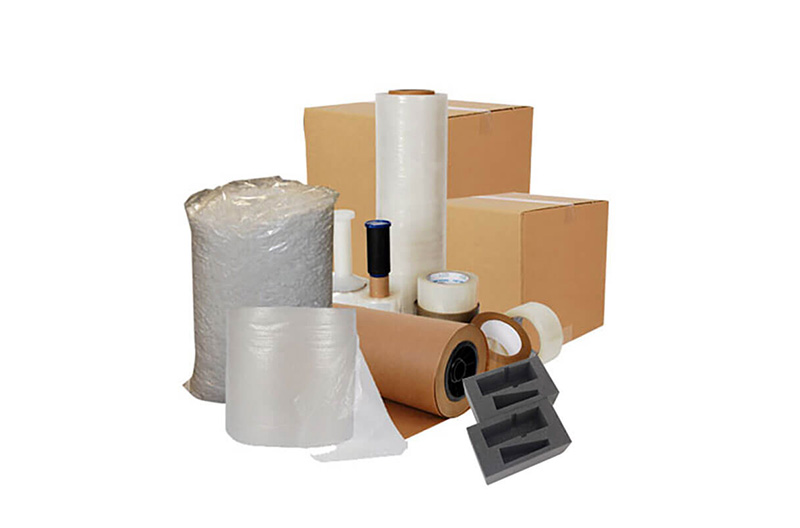Packaging industry experts like Nicole DeJoris, president of Pinnacle Packaging in Lombard, Illinois, are concerned about what the supply chain disruptions mean for them. She is seeing widespread shortages and lengthy delays before clients receive their orders.
“The supply chain crisis, combined with the highest ever demand for shipping, has created the perfect storm – a shortage in packaging supplies,” DeJoris said.
DeJoris isn’t alone in her concerns. According to an NBCNews.com article written by Martha C. White, “Producer price data from the Bureau of Labor Statistics show how the problem is snowballing. ‘You have a constrained amount of supply of these raw materials at the same time you have an increase in demand,'” said Andrew Hogenson, global managing partner of consumer goods, retail and logistics at Infosys Consulting.
Packaging supplies such as boxes, poly bags, foam inserts, adhesive tape, labels and anti-static sheets are used to keep the products consumers purchase clean, safe and protected. The sheer volume of these packaging supplies used globally every year is staggering.
A disruption in the ability to get goods into the hands of consumers due to a packaging supply shortage could have an enormous impact on nearly every industry. To get an idea on the quantity of packaging supplies used each year worldwide, Smithers researched how much is spent on packaging supplies. Its study showed that in 2019, global spending on packaging supplies was “$917 billion” and it expects demand to increase “2.8 percent annually to $1.05 trillion in 2024.”
“Packaging products are used in every step of the supply chain – helping to get raw materials to the manufacturers, finished products from manufacturers to suppliers, then to retailers, and from there to your home,” DeJoris said.
There is also a shortage of chips used in technology, a shortage of petroleum products used to make foams, plastic and other textiles, and added to that is a labor shortage. DeJoris said these are factors that affect the supply chain not only in the tech industry but in all industries, and it is multiplied with every step along the supply chain.
In addition to that, different industries compete for the same products.
“If I’m having a hard time getting certain items, other industries are struggling as well. Foams, for instance. I use them in packaging for protection of goods, while furniture manufacturers use it for cushions, automobiles use it for soundproofing, and so on,” DeJoris explained.
Consumers at every level are feeling the pinch, and they may have some choices to make when it comes to packaging supplies. Should they buy those supplies ahead in bulk and tie up resources, or take their chances with just-in-time ordering and risk not getting what they need when they need it?
“The best way for companies to avoid a disruption in their packaging supplies is to plan well ahead and order supplies at least six months before they are needed, because I don’t see any end in sight,” DeJoris said. “People’s buying habits have changed, and therefore this type of demand and online ordering is going to continue. Manufacturers are investing in infrastructure, but that doesn’t happen overnight.”

